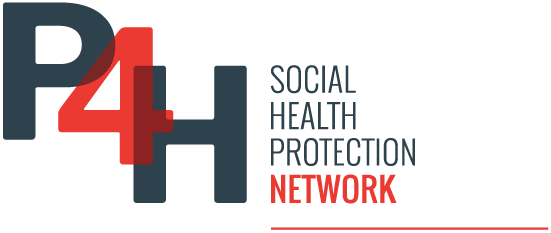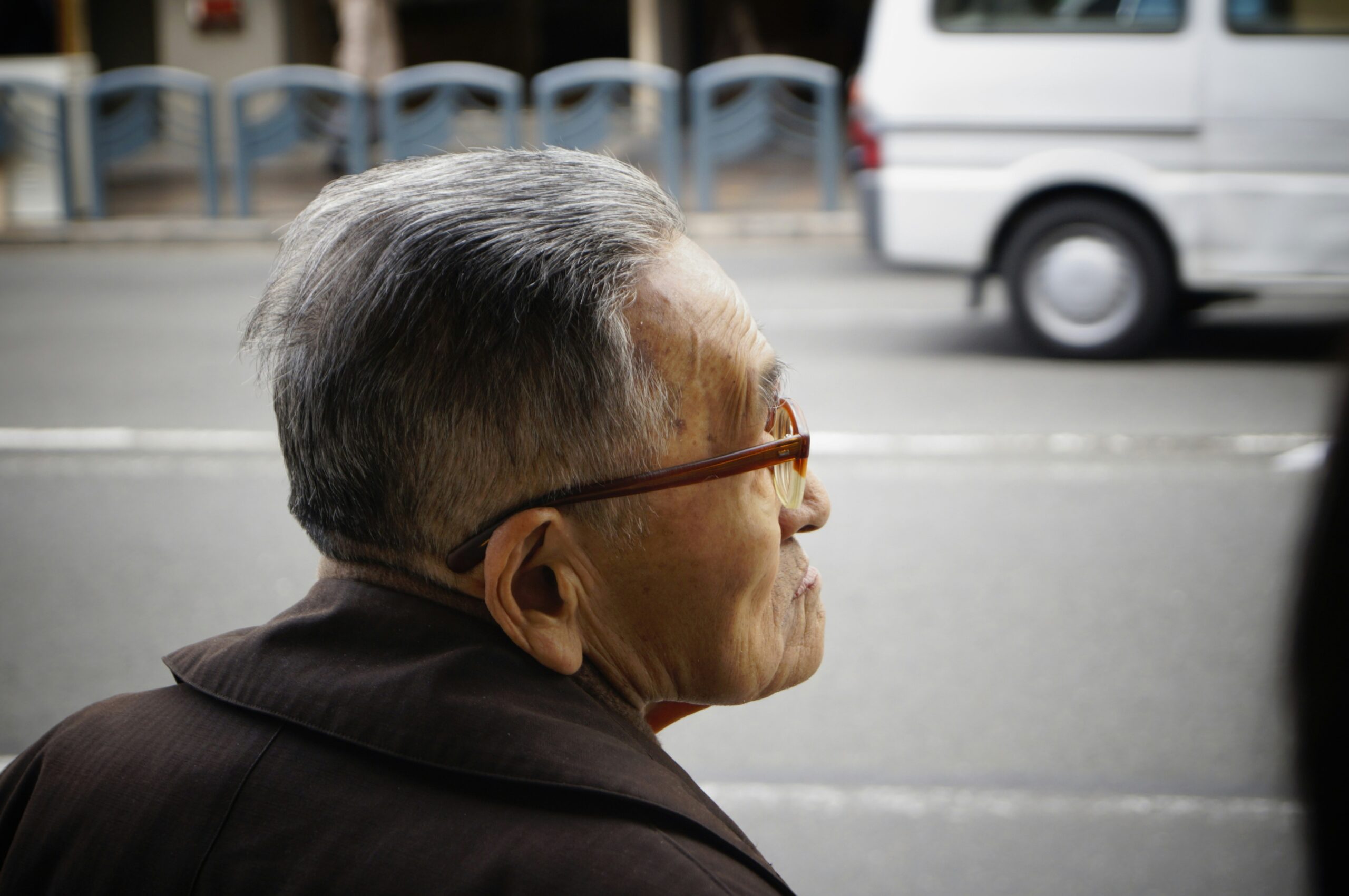Japan’s aging population is driving up medical costs, with elderly care subsidies hitting 3.86 trillion yen and premiums at a record 9.34%. Nearly half of health insurance funds go to seniors, straining company associations and the state, prompting reforms to make wealthy elderly pay more.
Japan’s health insurance system is facing mounting strain as medical expenses rise sharply with the country’s rapidly aging population. According to the Japan Health Insurance Association, subsidies for elderly medical care increased 5.7% year-on-year in 2024 to a record 3.86 trillion yen. The surge in costs has pushed the average health insurance premium rate to 9.31% last year and is projected to rise further to 9.34% in 2025, breaking all-time records. This growing financial burden is largely being shouldered by the working-age population, raising concerns that higher premiums could offset the effects of recent wage hikes and weaken household consumption.
Unlike Korea’s single-payer system, Japan operates a multilayered health insurance structure composed of large company health associations, small and medium enterprise unions, and local government-run schemes for the self-employed, retirees, and part-timers. Around 30 million employees of major corporations and their families are covered by 1,400 health insurance associations, which are jointly funded by labor and management. While these associations recorded a small collective surplus of 14.5 billion yen last year, nearly half still reported deficits, with 24% setting premium rates above 10%, a level seen as unsustainable. Once premiums exceed this “disbandment baseline,” operating an independent health insurance union loses its advantage, leading to dissolutions and transfers of members to public associations, which in turn increase government budgetary burdens. Ten associations were dissolved or merged last year alone, a trend that could weigh heavily on state finances if it continues.
This pressure is linked to broader national health expenditure, which climbed to 48 trillion yen last year, a fourth consecutive record high. For the first time, those aged 75 and above accounted for over 40% of Japan’s total medical spending, reflecting the aging of the postwar baby boom generation. Spending by this “late elderly” group has risen dramatically, from 12.7 trillion yen in 2010 to 19.6 trillion yen in 2024, pushing their share of medical costs from 34% to 41%. In response, the government plans to introduce reforms that increase cost-sharing among higher-income elderly individuals while also considering ways to distribute insurance burdens more broadly, including from wealthier asset holders, regardless of age. Policymakers see these measures as crucial to preserving system sustainability without overburdening younger generations.




